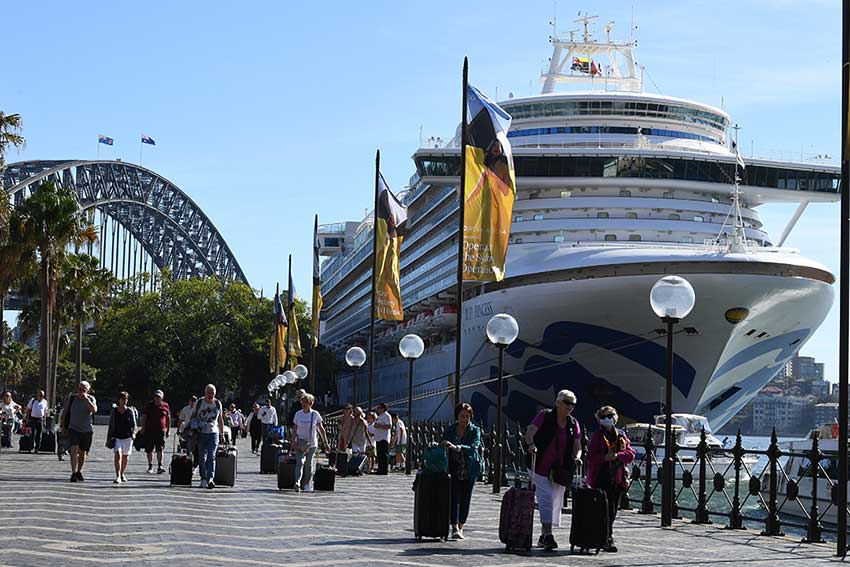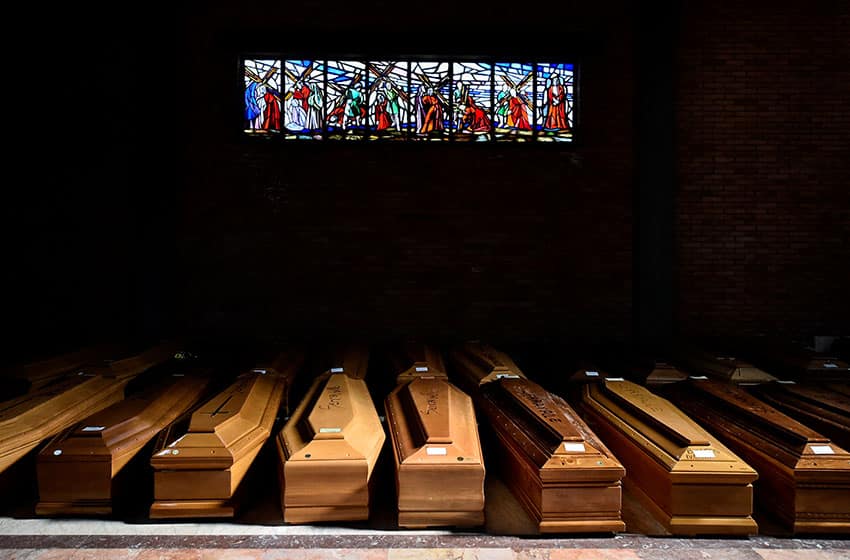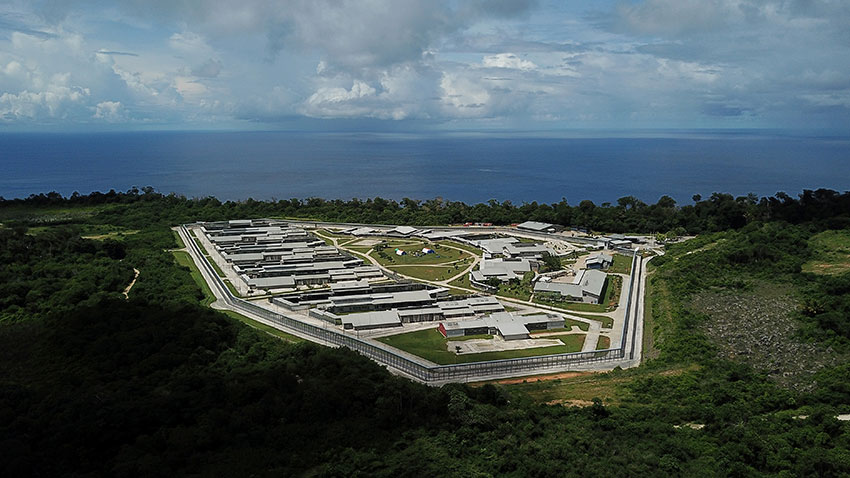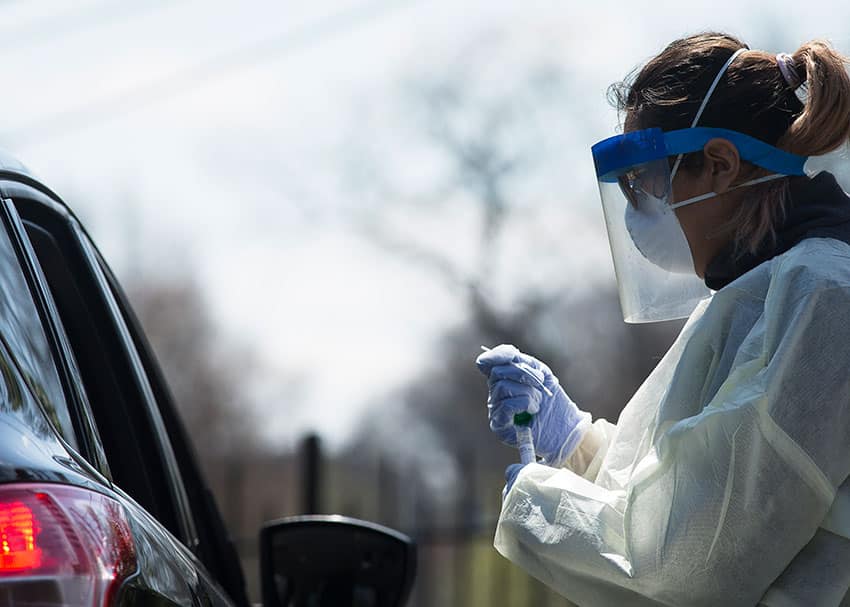
Can Australia lead the way with an innovative solution that prevents cruise ships becoming coronavirus breeding grounds – and gives the world an example?
Having put in place a range of emergency measures to address the Covid19 epidemic, the measured response of the Commonwealth and State Governments – meeting as a national cabinet – is beginning to address the epidemic, as the accelerating increase in the number of confirmed cases has been reversed.
This is not to say that the crisis is over – far from it. But the restrictions which governments have imposed on tourism, mass gatherings, sporting events and the hospitality industry are beginning to bring the crisis under control, as documented by Juliette O’Brien’s website.
Cruise ships still a major issue
One area of wide concern which has not been addressed is the fate of the thousands of people on cruise ships around Australia. Australia has an opportunity here to show practical compassion which would be an example for the rest of the world.
At least five cruise ships are due to dock in Sydney this week, and others are waiting to dock in Perth and Melbourne.
Following the Ruby Princess fiasco, where over 2000 cruise ship passengers were allowed to disembark at Circular Quay unchecked, leading to an upsurge in confirmed cases around Australia, state governments have placed an unofficial embargo on allowing any cruise ship passengers to disembark anywhere in Australia.

However understandable, this response does nothing to solve the very real health problems facing thousands of people, many of whom are Australians.
The WA Government has made its position clear in relation to the cruise liner, Vasco da Gama, by offering quarantine on Rottnest Island for WA residents only, and only allowing foreign passengers requiring hospital care to disembark in Fremantle. There are reportedly 800 Australians and over 100 New Zealanders on this cruise ship, and many hundreds from other countries.
The futile option
The experience of the Diamond Princess cruise ship which was marooned in Yokohama, Japan, for weeks, leading to over 700 passengers contracting Covid19 onboard, highlights the futility of this response.
There is a way for Australia to address this problem. It involves the use of detention centres which were established around Australia to deal with boat people coming from overseas, but which are now largely empty.
Immigration detention centres provide basic but secure temporary accommodation, and should be used as centres in which cruise ship passengers spend their quarantine period in Australia.

Apart from the well-known Christmas Island Detention Centre, located in the Indian Ocean near Indonesia, there are detention centres in each of the Australian states except Tasmania.
Additionally, the Department of Home Affairs also manages Immigration Residential Housing Centres, Immigration Transit Accommodation Centres and Alternative Places of Detention which could be used to provide additional accommodation.
At maximum capacity, these centres are able to hold tens of thousands of people, far more than the number of people currently detained on cruise ships around Australia.
these centres are able to hold tens of thousands of people, far more than the number of people currently detained on cruise ships around Australia
It is far easier to control the spread of disease in these centres than on cruise ships which are incubators for Covid19, and they afford far better medical facilities than those available on cruise ships, with access to hospital care if necessary.
Once passengers have spent their 14 days in detention without infection, it is then safe for those who live in other parts of Australia to return home, and for those who have come from overseas to be repatriated.
Just as the Australian Government has taken responsibility for the repatriation of Australians marooned in China and South America, it is reasonable to expect that other governments – including European and North American – would take responsibility for their own nationals who could then safely return home, free of the disease.

Those who require hospital care in Australia should be given it, before repatriation.
With hundreds of thousands of Australians now unemployed as a result of the Covid19 lockdown, there is a readily available workforce to make this happen.
Minimal cost
The financial cost to Australia of acting decisively and compassionately to assist those stranded on cruise ships around the Australian coast would be minimal, particularly compared to the billions of dollars currently being spent by State and Federal Governments to reduce the impact of the Covid19 pandemic in Australia.
It would be a striking example of both the Christian virtue of compassion and the Australian virtue of mateship at a time when these are desperately needed.
Peter Westmore is the former President of the National Civic Council.
Related
